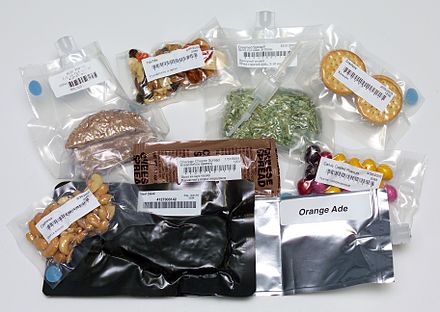We have all heard about the Great Red Spot, the constant, giant storm that could hold multiple Earths with unbelievable winds. However, what if I was to say that Jupiter was not the only planet with a mind-blowing storm. Enter the incredible storm of Neptune: the Great Dark Spot.
The Great Dark Spot (GDS) is actually about the same size as the Earth and about half the size of Jupiter’s Great Red Spot. However, since Neptune is so much smaller than Jupiter, the Great Dark Spot actually covers a larger percentage of Neptune, spanning a quarter of Neptune’s surface. It is an anticyclonic storm with winds that can reach speeds of 1200 miles per hour. Just imagining how catastrophic tornadoes and hurricanes on Earth are with speeds of 200 miles per hour, I can’t even fathom winds 6x that. Unlike the Great Red Spot which can last for hundreds of years at a time, the Great Dark Spot forms and fizzles out every few years. Because of this, astronomers were recently able to witness the creation of this storm for the first time.








